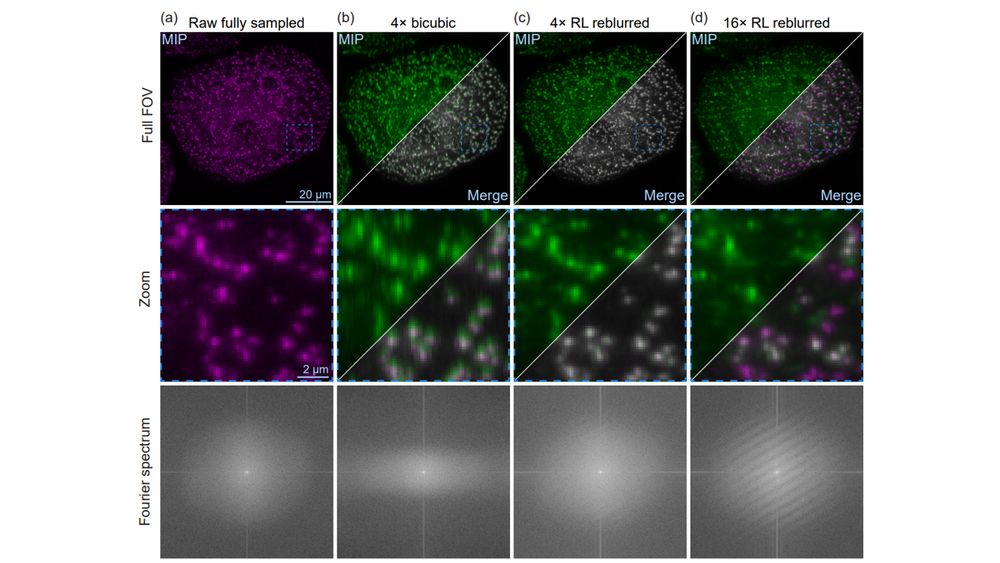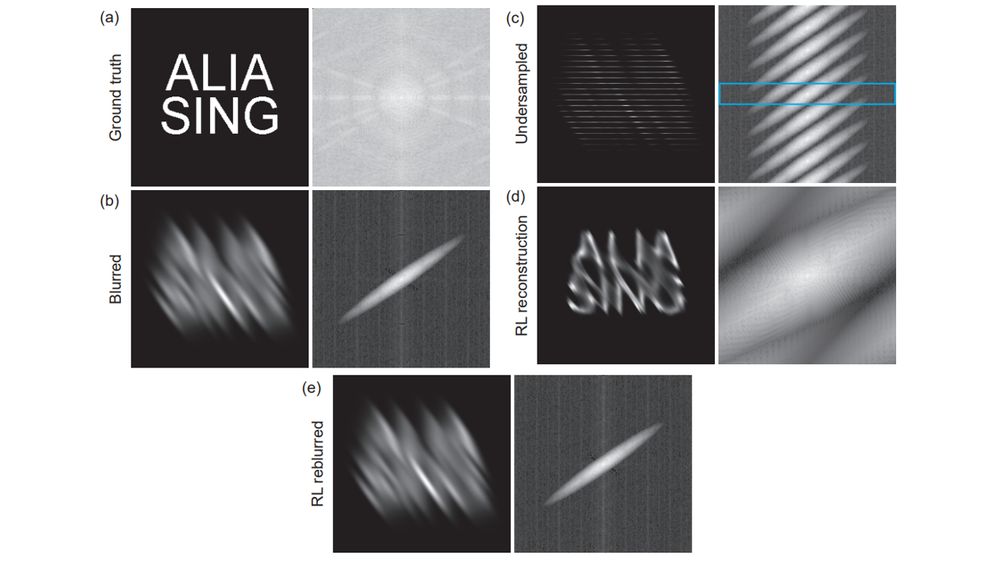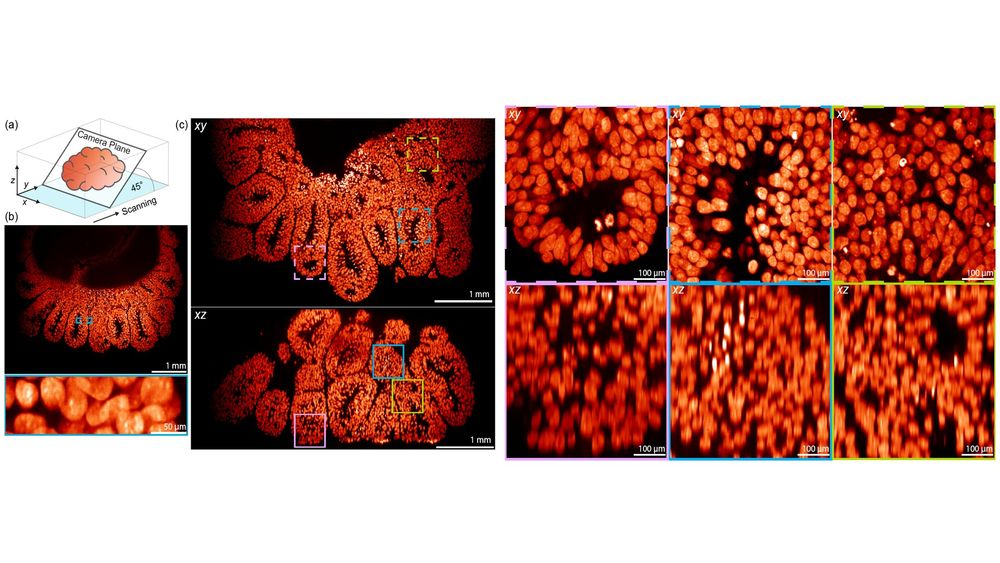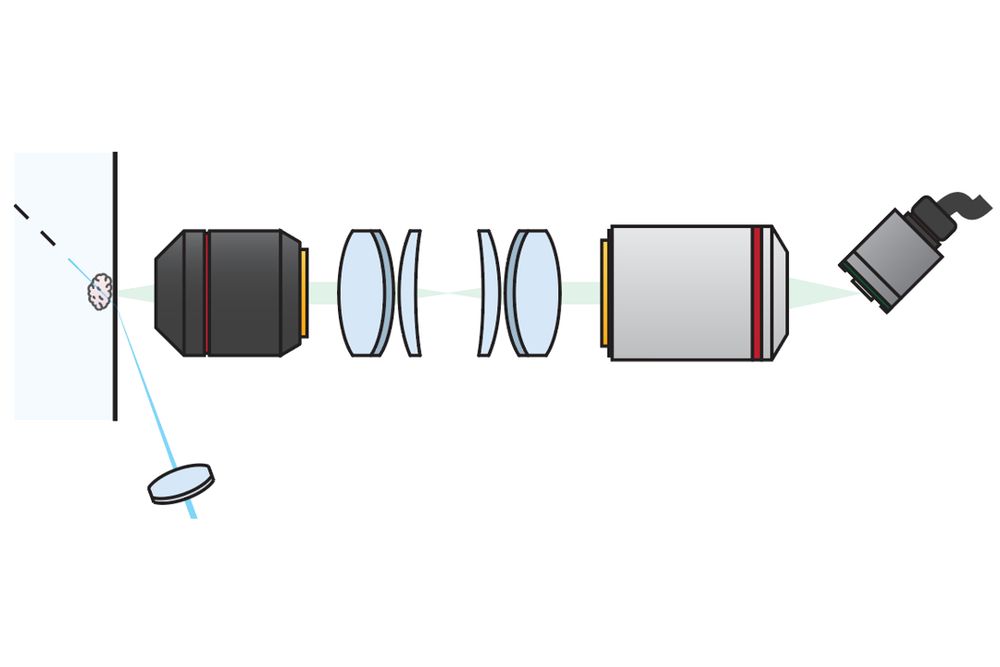www.sarstedt.com/en/products/...

www.sarstedt.com/en/products/...

1/4
1/4
Try it out for free using Google Colab at beryl.mrc-lmb.cam.ac.uk/rlgc_notebook/
1 / 2
Try it out for free using Google Colab at beryl.mrc-lmb.cam.ac.uk/rlgc_notebook/
1 / 2
[6/8]

[6/8]
[5/8]

[5/8]
[4/8]

[4/8]
www.biorxiv.org/content/10.1...

www.biorxiv.org/content/10.1...


doi.org/10.1038/s414...

doi.org/10.1038/s414...
doi.org/10.1364/OPTI...
doi.org/10.1364/OPTI...

doi.org/10.1364/OPTI...
doi.org/10.1364/OPTI...
doi.org/10.1364/OPTI...

doi.org/10.1364/OPTI...

That's a full-chip Prime 95B image at 100 %...

That's a full-chip Prime 95B image at 100 %...
Three grown men for scale.
(More seriously, these will be instrument control screens, but we couldn't resist trying them in the office first)

Three grown men for scale.
(More seriously, these will be instrument control screens, but we couldn't resist trying them in the office first)
www.biorxiv.org/content/10.1...
www.biorxiv.org/content/10.1...
www2.mrc-lmb.cam.ac.uk/students/int...

www2.mrc-lmb.cam.ac.uk/students/int...
8/8

8/8
7/8

7/8
6/8

6/8
5/8

5/8
4/8

4/8
We've definitely made a hole, but it's not clear that we've learnt anything. Maybe if we rotate the view we'll see something.
3/8

We've definitely made a hole, but it's not clear that we've learnt anything. Maybe if we rotate the view we'll see something.
3/8

